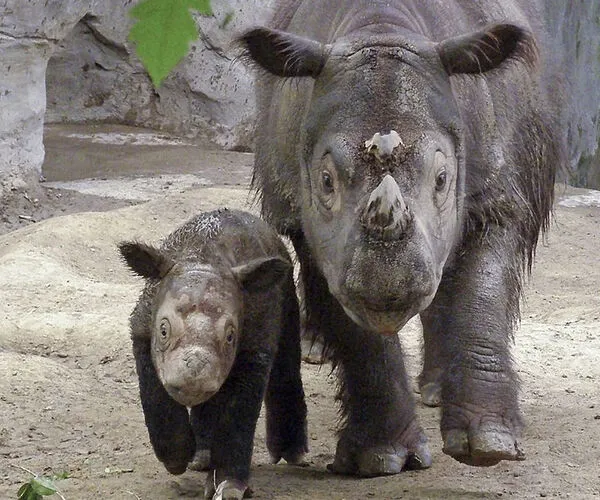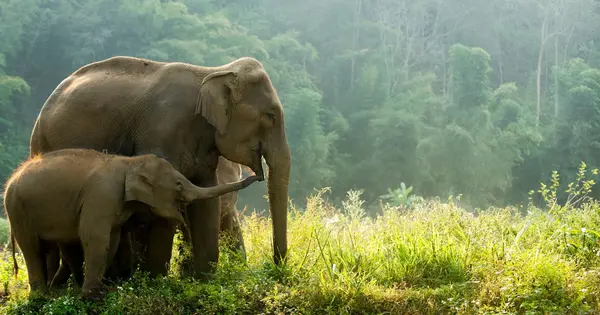Some of Asia’s largest animals, including tigers and elephants, are defying 12,000 years of extinction trends by coexisting with humans, according to a study led by the University of Queensland. Researchers combed through paleontological records to compare the historic distribution of Asia’s 14 largest species to their current populations in tropical forests.
PhD candidate Zachary Amir from the University of Queensland’s School of Biological Sciences and the Ecological Cascades Lab reported that four species – tigers, Asian elephants, wild boars, and clouded leopards – showed increased populations in areas with human infrastructure.
“These findings demonstrate that, under the right conditions, some large animals can coexist with humans and avoid extinction,” Mr Amir said.
These findings demonstrate that, under the right conditions, some large animals can coexist with humans and avoid extinction. These findings call into question the widely held belief among some conservationists that humans and megafauna are incompatible. Globally, there is a trend toward ‘trophic downgrading,’ which refers to the disproportionate loss of the world’s largest animals.
Mr. Amir
“These findings call into question the widely held belief among some conservationists that humans and megafauna are incompatible. Globally, there is a trend toward ‘trophic downgrading,’ which refers to the disproportionate loss of the world’s largest animals. Trophic downgrading is typically worse near humans because hunters target larger species. Tigers, elephants, wild boars, and clouded leopards, on the other hand, have larger Asian populations near humans. This could be the result of tougher anti-poaching efforts in national parks that are closer to human settlements and more frequently visited by tourists.”
The study also found deforestation was still impacting species, and clouded leopard numbers in particular experienced a strong decline in those areas. But, Mr Amir said the research showed that if the large animal species were not hunted, they could live in relatively small habitats and near humans.

“Previously, there have only been a few examples of large Asian species thriving in small habitats near humans, notably in Mumbai, India where leopards in an urban park prey on stray dogs,” Mr Amir said referring to a prior UQ study.
“Fortunately, we discovered that a broader range of animals can coexist with humans.” Two large animal species are thriving again at one of their study sites in Singapore, where poaching has been eradicated and significant forest restoration efforts have been undertaken.
“Singapore has actually witnessed the natural re-wilding of sambar deer and wild boars, which are now commonly observed in an urban forest, the Bukit Timah Nature Reserve,” Mr Amir explained.
“If we replicate those efforts in larger forests and other countries, we may see positive results all over the world. But, before this can happen, humans must band together and limit poaching.”
While there are some positive results, UQ’s Dr Matthew Luskin said the study also noted strong declines in tapirs, Sumatran rhinoceros, sun bears, guar and other large animals.
“The key innovation of this work was systematically investigating the population trends of many different wildlife species across the region,” said Dr. Luskin.
“Then we looked to see if all of the species had consistent trends and if similar parks had similar species. Surprisingly, we discovered that no two forests now have the same group of wildlife that existed thousands of years ago.”
According to Dr. Luskin, the research provides an opportunity to shape the future of nature. “These findings give hope to wildlife in forests that were previously thought to be too degraded or too close to cities,” he said. “We’re now looking into new conservation strategies for these unexpected locations.”














